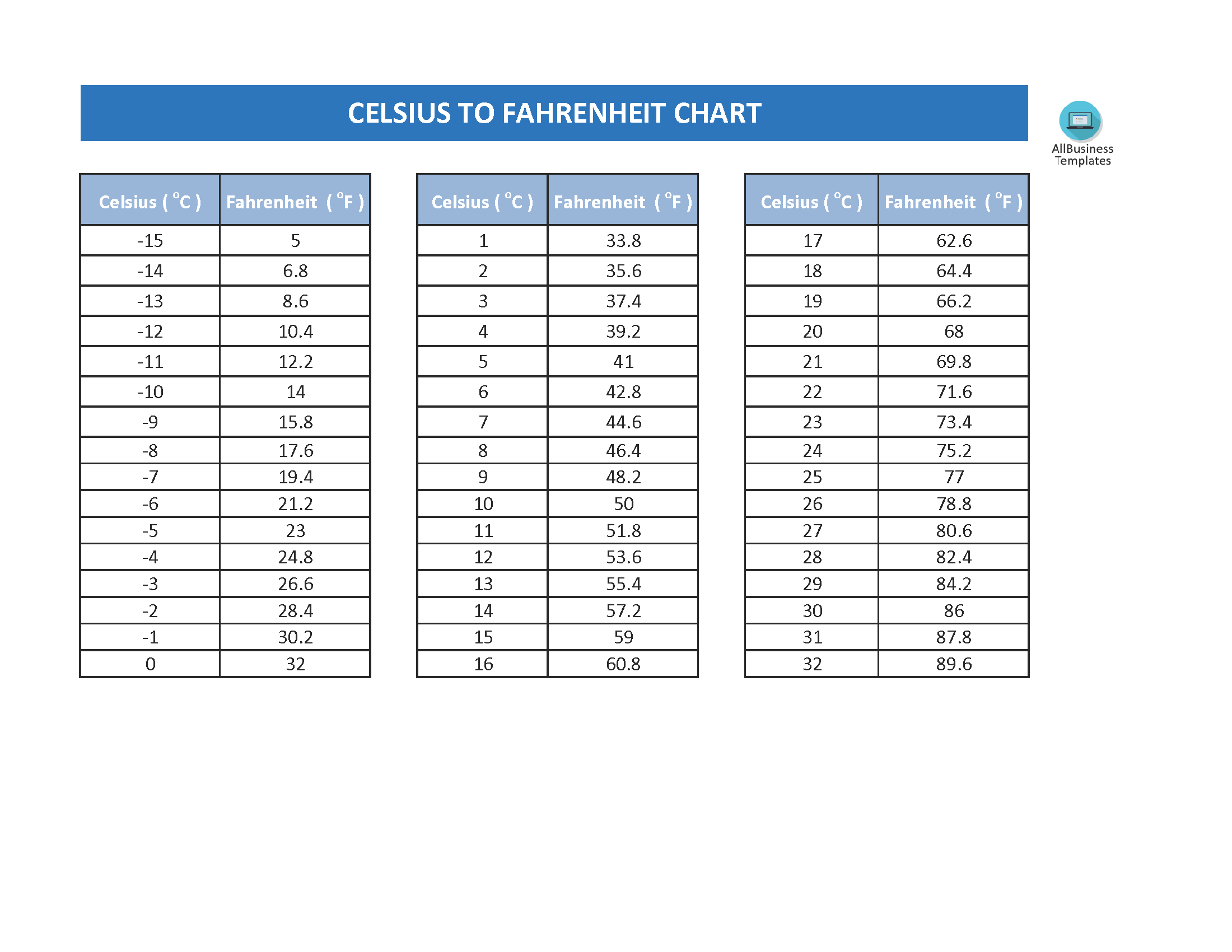


Absolute zero is defined as -459.67℉.Ī temperature difference of 1℉ is the equivalent of a temperature difference 0.556℃.īased upon the definitions of the Centigrade scale and the experimental evidence that absolute zero is -273. Therefore, a degree on the Fahrenheit scale is 1/180 of the interval between the freezing point and the boiling point of water. This puts the boiling and freezing points of water exactly 180 degrees apart. Example: 110 C x 1.
CELSIUS TO FAHRENHEIT OVEN CHART HOW TO
This can be seen because the temperature interval between 20℃ and 30℃ is the same as between 30℃ and 40℃, but 40℃ does not have twice the air heat energy of 20℃.Ī temperature difference of 1 deg C is the equivalent of a temperature difference 1.8☏.įahrenheit is a thermodynamic temperature scale, where the freezing point of water is 32 degrees Fahrenheit (℉) and the boiling point 212℉ (at standard atmospheric pressure). How to Convert Degrees C to F (Celsius to Fahrenheit) Converting Celsius (C) to Fahrenheit (F) is easy using the following formula: To Convert multiply the Celsius Degree by 1.8 (or 9/5) and then add 32 to get Degrees Fahrenheit. Multiply by 1.8 or 9/5 (from the given temperature) and add 32. The kelvin (and thus Celsius) is defined based on the Boltzmann constant, k, which equals 1.380649 × 10-23 when expressed in the unit J·K-1, a unit equivalent to kg·m 2 ·s-2 ·K-1. To convert temperatures in degrees Celsius to Fahrenheit, use this formula. The Celsius and Kelvin scales are precisely related, with a one-degree change in Celsius being equal to a one degree-change in kelvin. The Celsius scale is an interval system but not a ratio system, meaning it follows a relative scale but not an absolute scale. HOW TO CONVERT OVEN TEMPERATURE FROM CELSIUS TO FAHRENHEIT THE FORMULA. This means that 100℃, previously defined as the boiling point of water, is now defined as the equivalent to 373.15K. Zero on the Celsius scale (0℃) is now defined as the equivalent to 273.15K, with a temperature difference of 1 deg C equivalent to a difference of 1K, meaning the unit size in each scale is the same. Advertisement Although initially defined by the freezing point of water (and later the melting point of ice), the Celsius scale is now officially a derived scale, defined in relation to the Kelvin temperature scale.


 0 kommentar(er)
0 kommentar(er)
